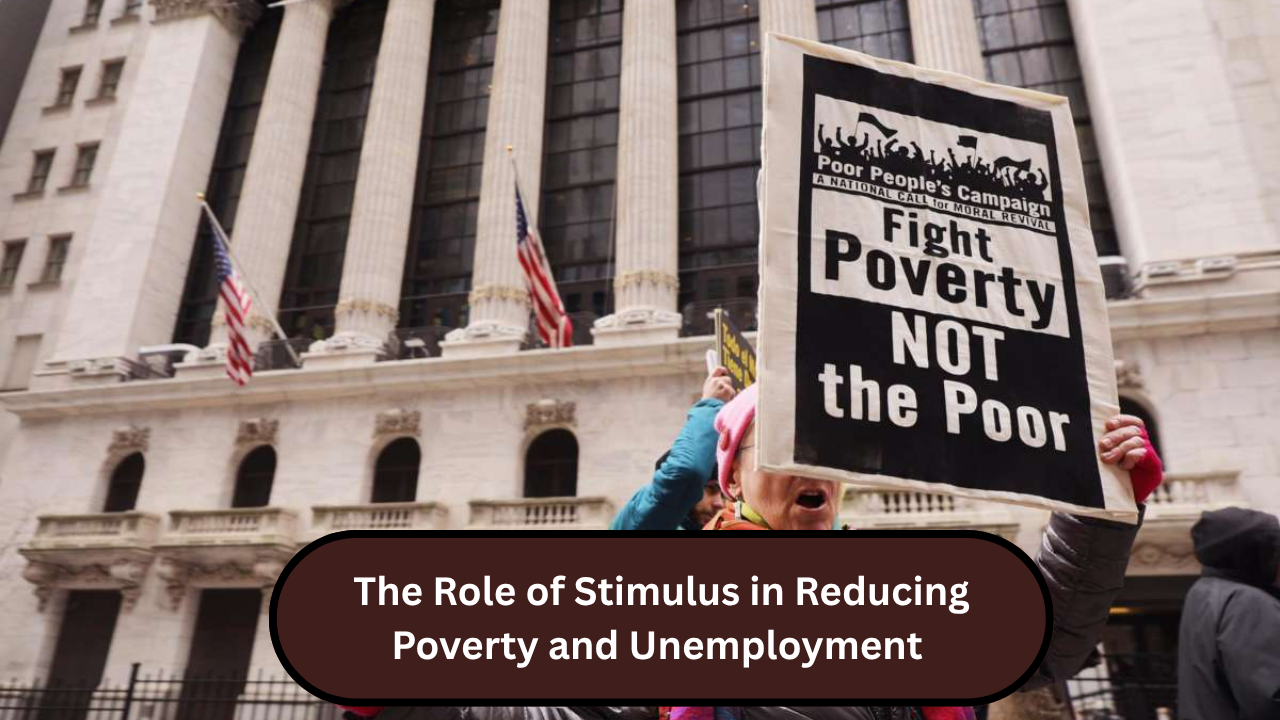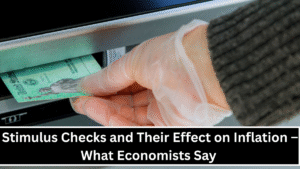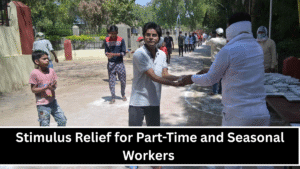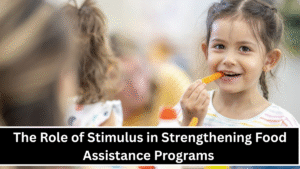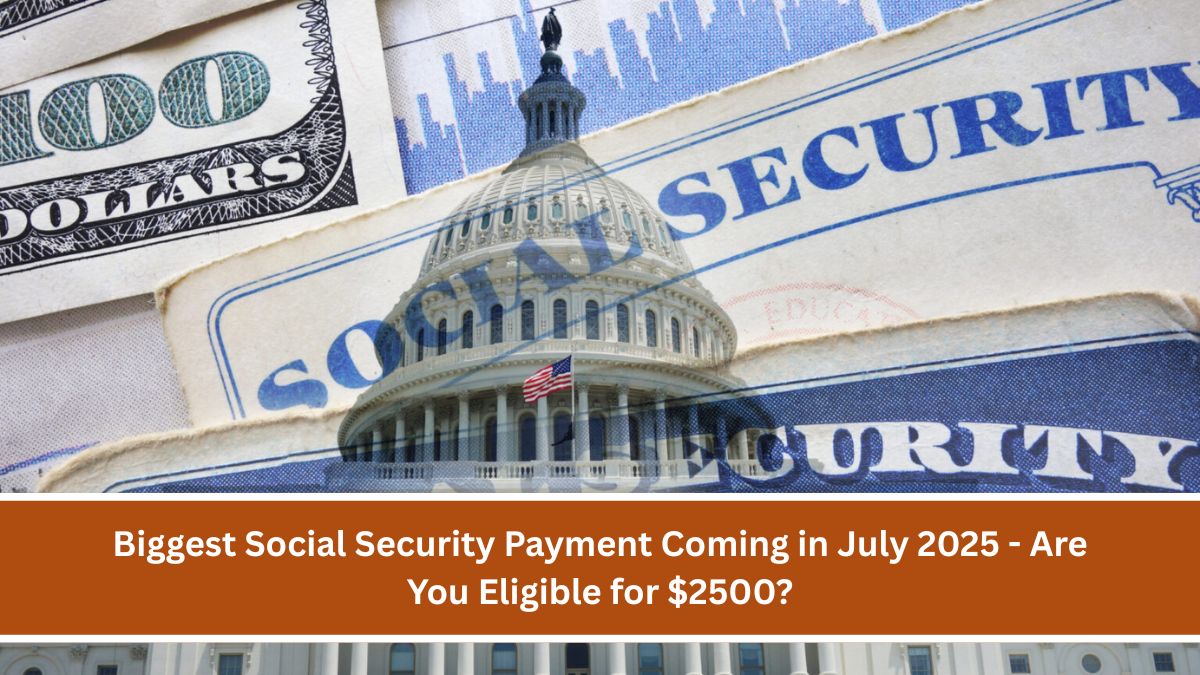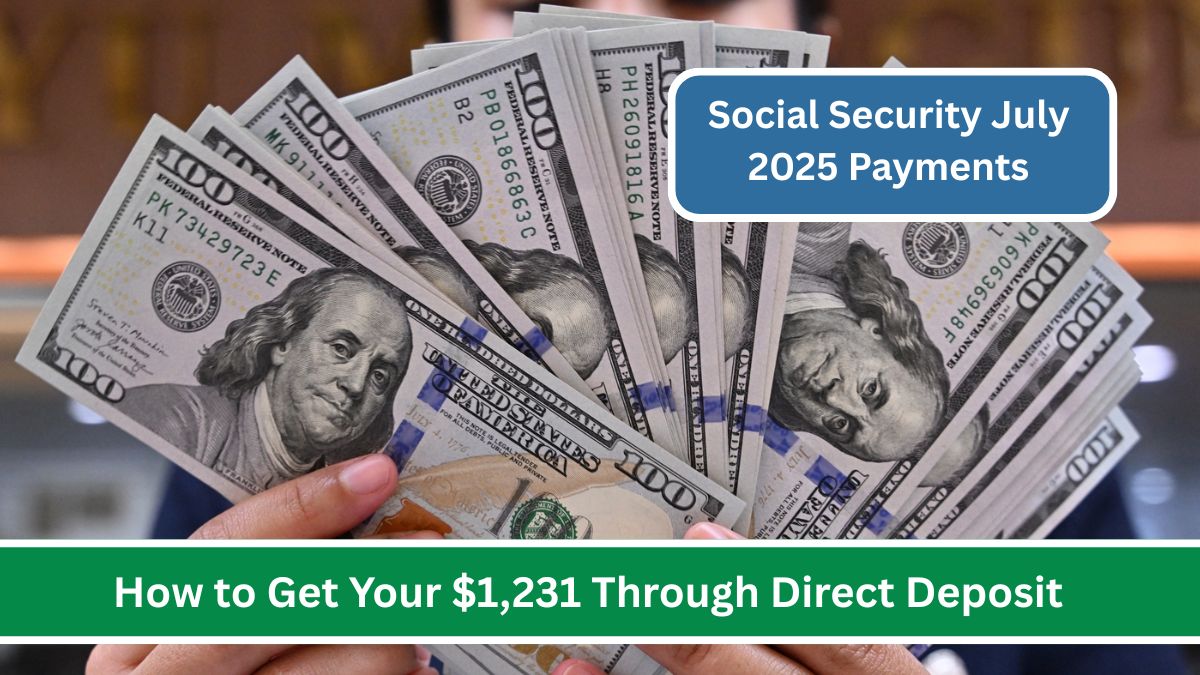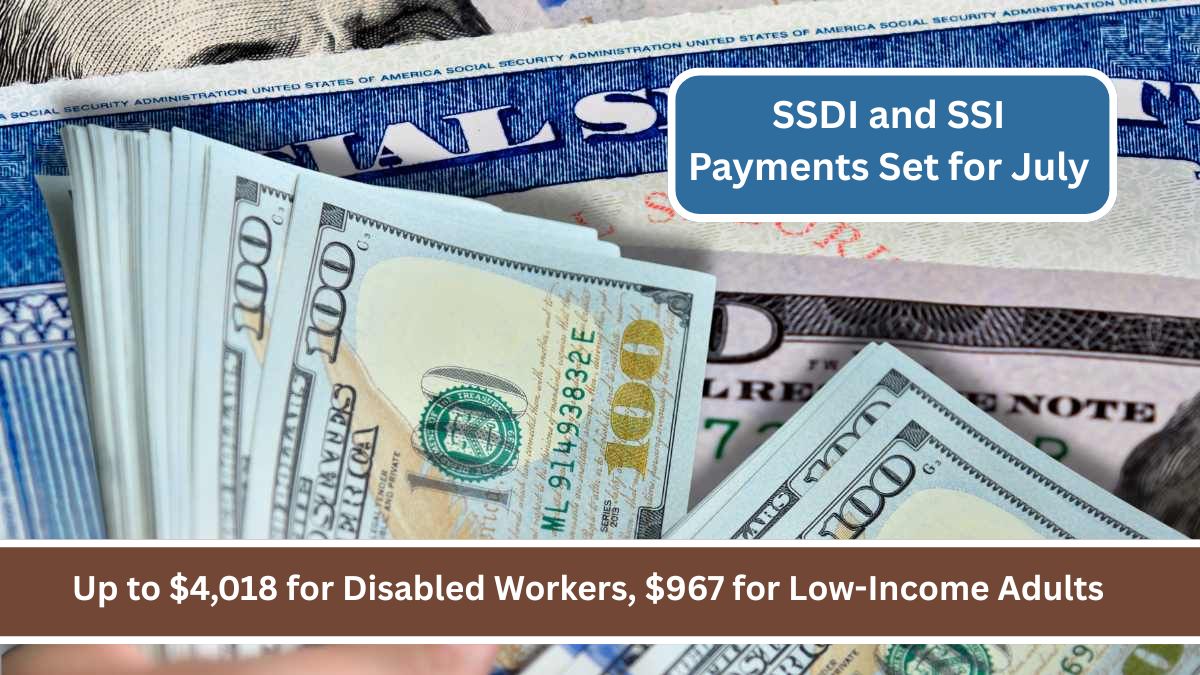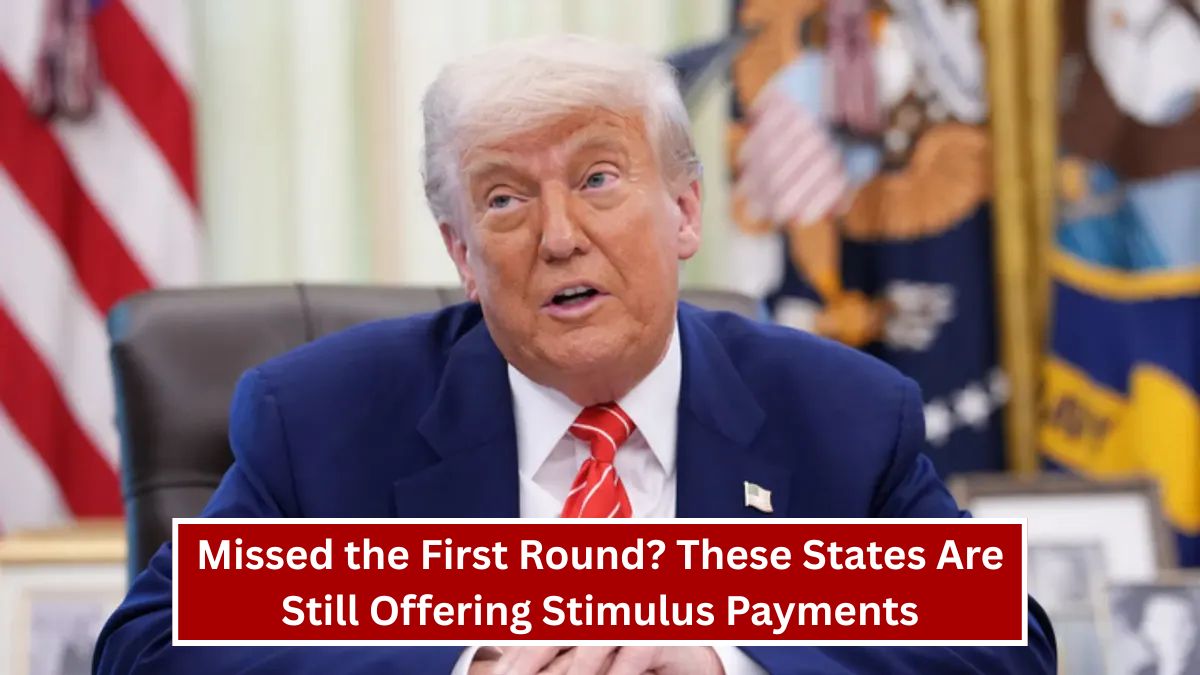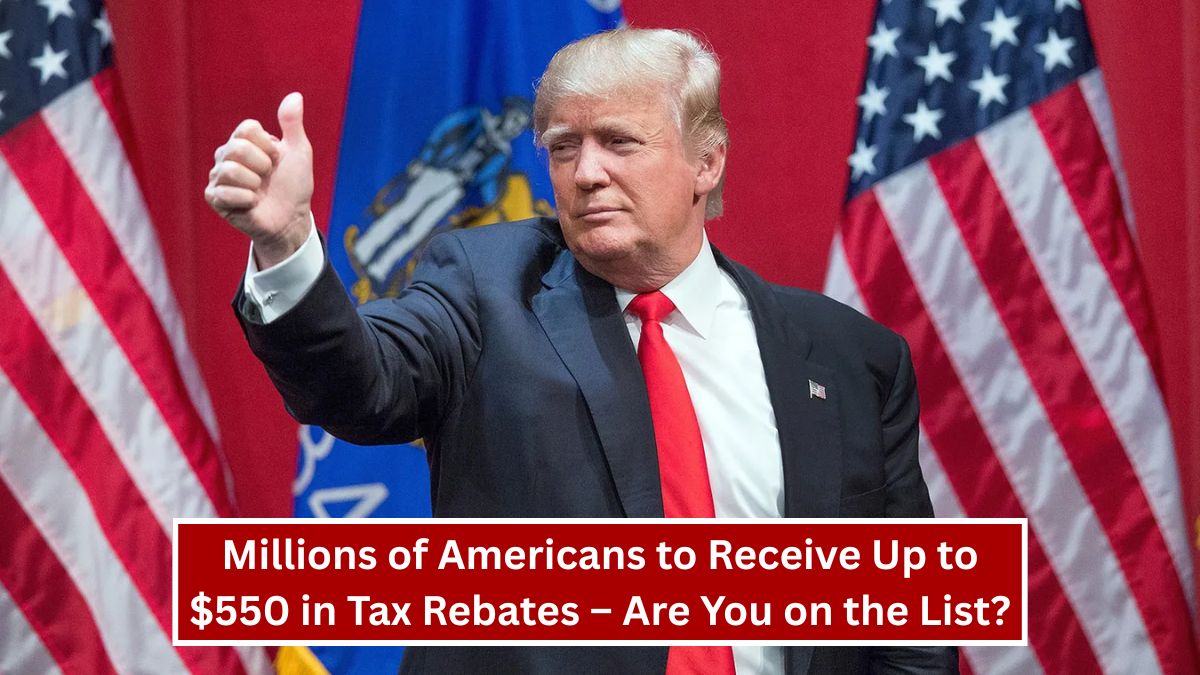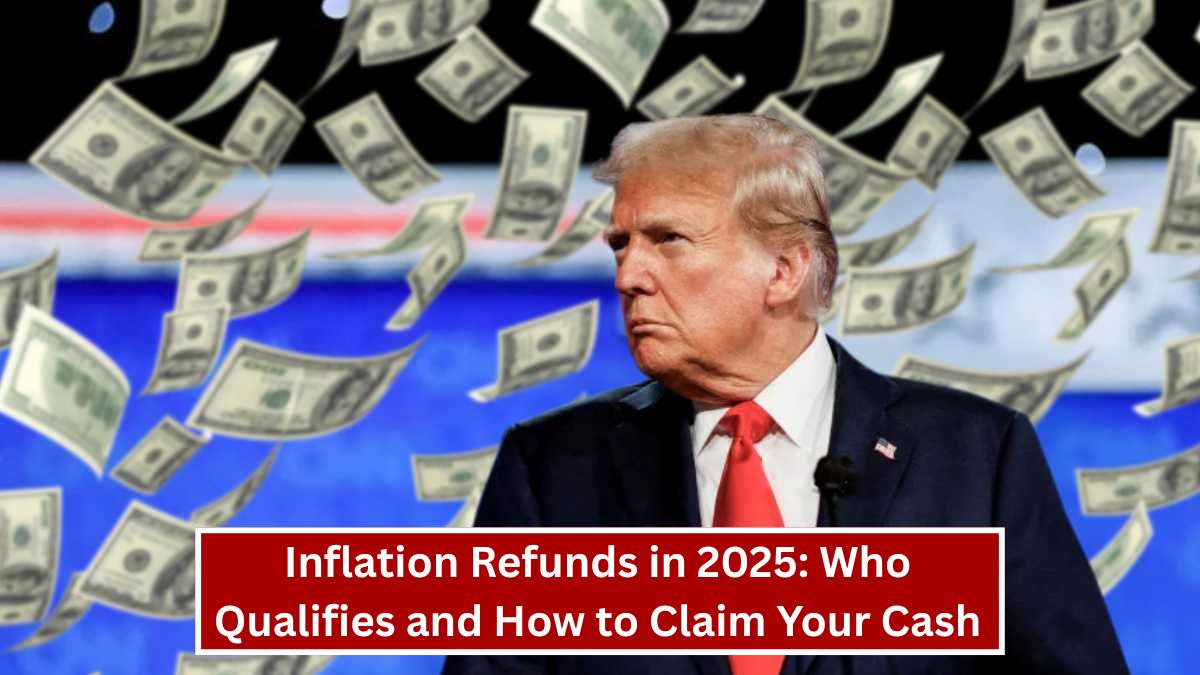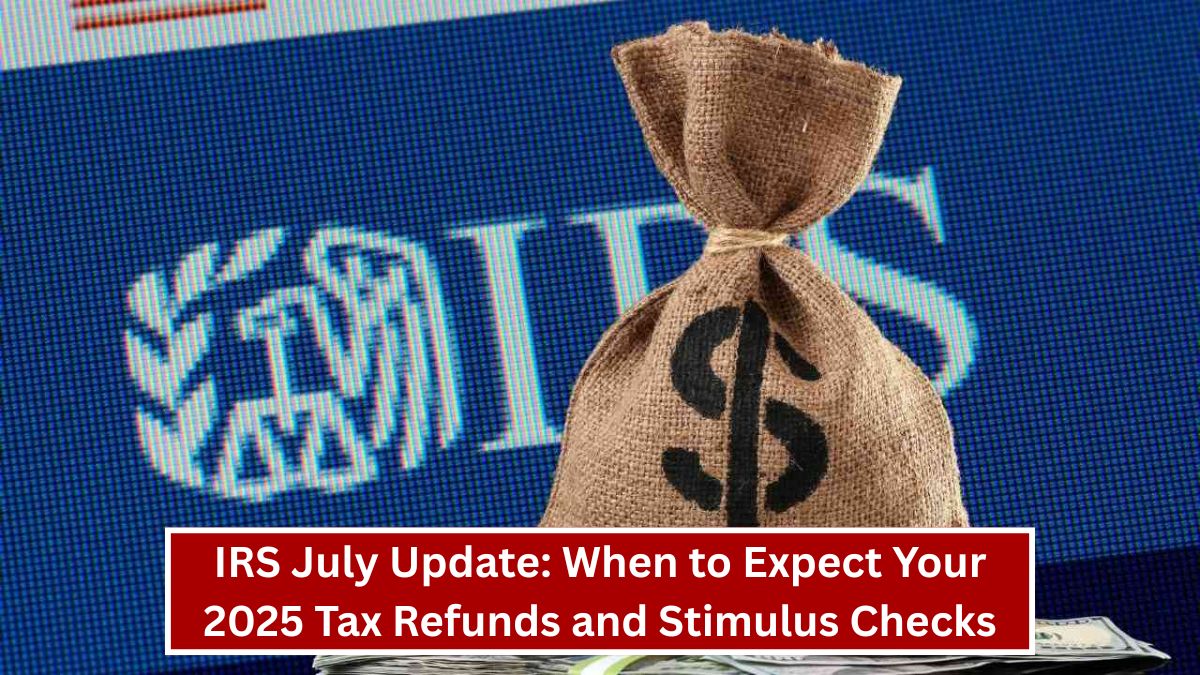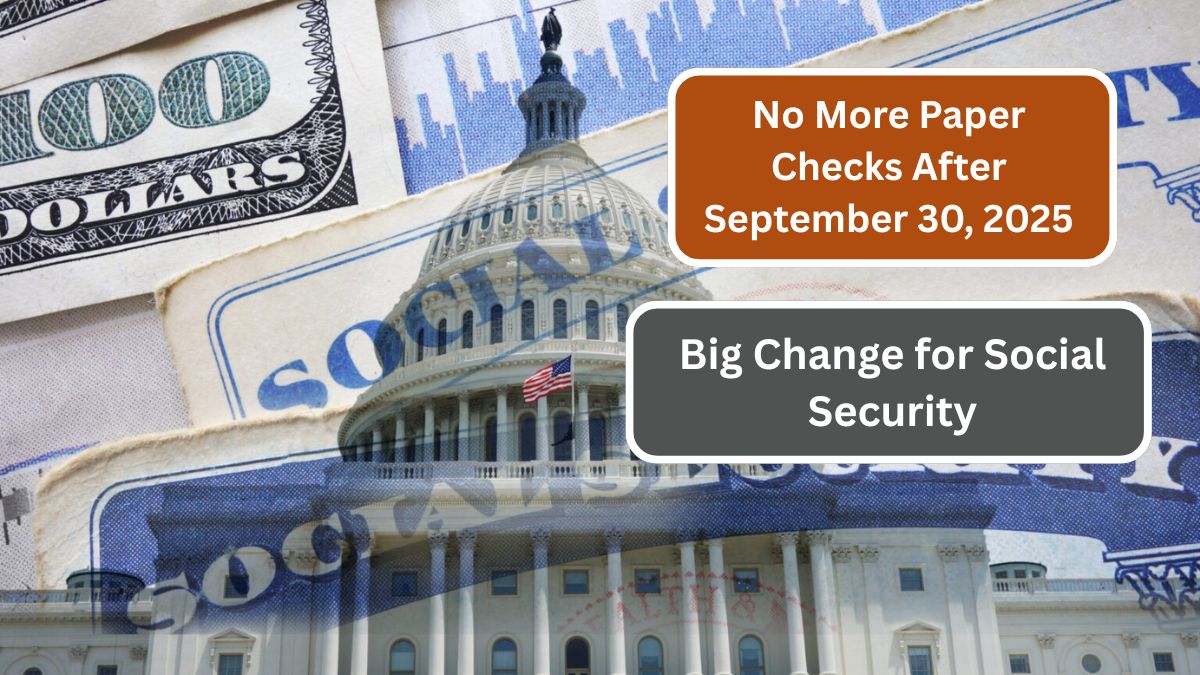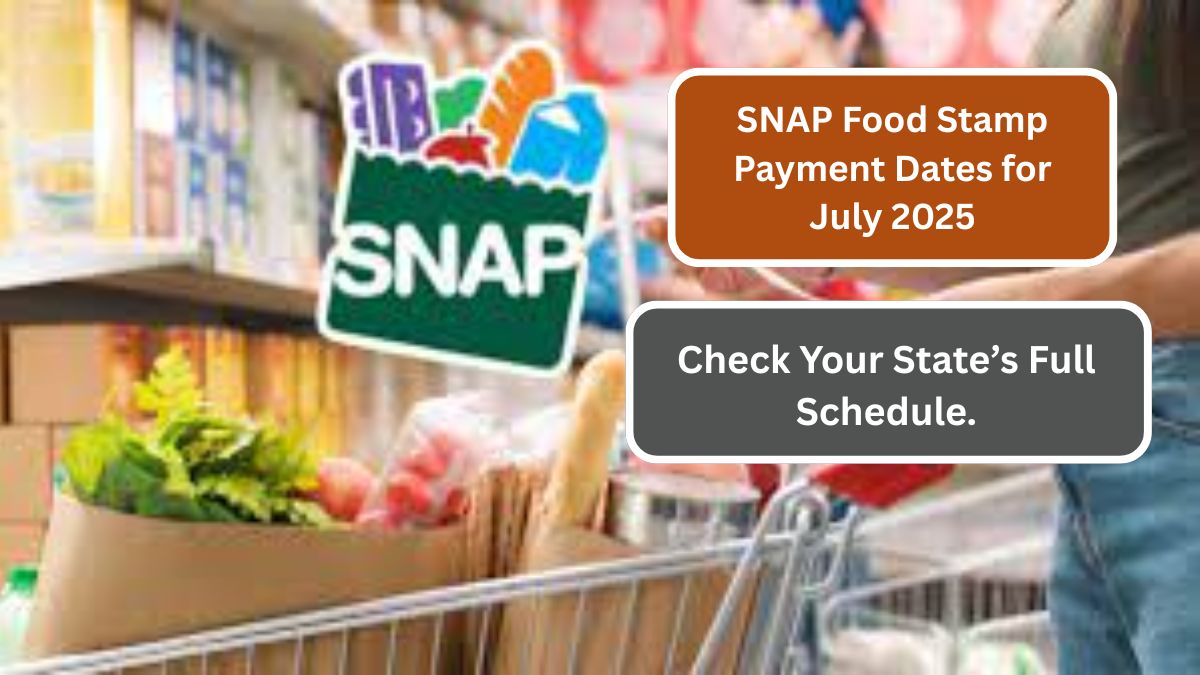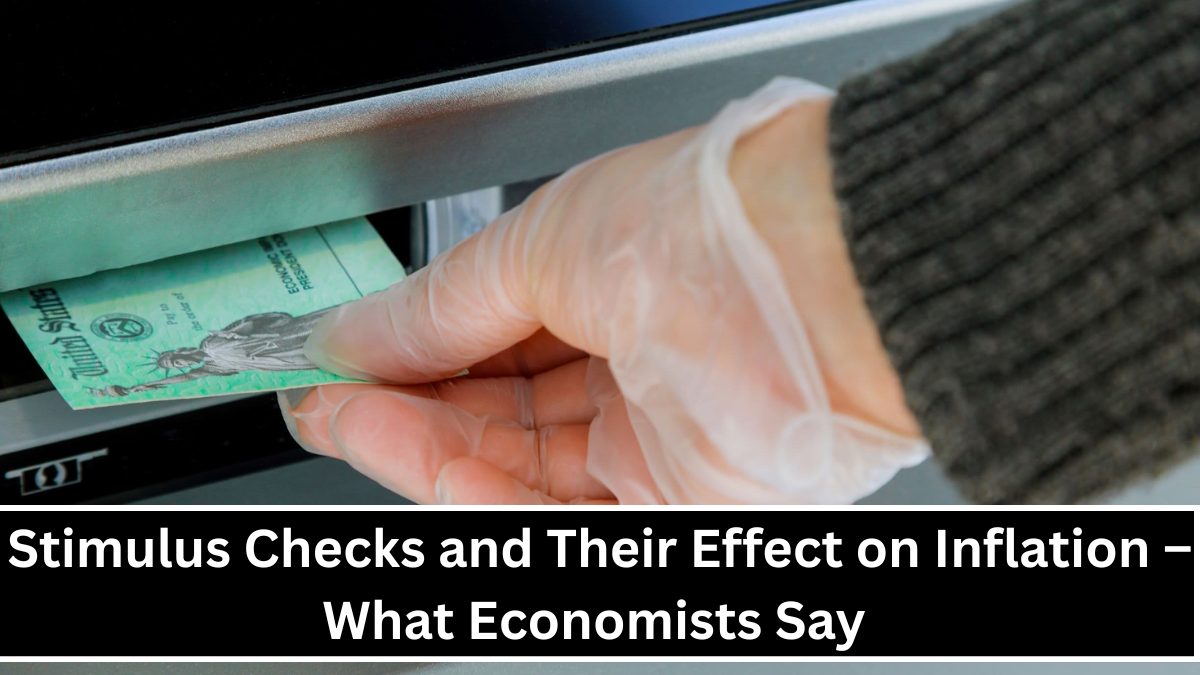When a country faces a financial crisis, rising unemployment, or high poverty levels, governments often use a tool called a stimulus to help the economy recover. A stimulus can include cash payments to citizens, tax cuts, or government-funded programs that create jobs and support struggling businesses. The main goal is to put more money into people’s hands so they can spend it—this spending then helps businesses grow and hire more workers. In recent years, especially during events like the COVID-19 pandemic, stimulus packages have played a key role in protecting millions of people from falling into deeper poverty and joblessness.
How Stimulus Helps Reduce Poverty
Stimulus payments, also known as direct cash transfers or relief packages, can be a powerful tool to fight poverty. When low-income families receive extra money, they usually spend it on essential items like food, rent, medicine, and education. This helps them avoid falling deeper into poverty, especially during tough times like natural disasters or economic slowdowns.
Governments may also offer increased unemployment benefits, food subsidies, or free healthcare as part of the stimulus. These safety nets give poor families a temporary shield from financial stress. While stimulus measures may not solve poverty permanently, they can stop it from getting worse during a crisis.
Stimulus and Job Creation
Another important goal of economic stimulus is to create jobs. During a recession, businesses may shut down or lay off workers. This leads to rising unemployment and lower spending. In response, governments may invest in infrastructure projects, offer grants or loans to small businesses, or provide incentives to hire workers.
For example, when a government spends money to build roads, schools, or hospitals, it not only improves the country’s infrastructure but also creates jobs for thousands of workers. When people are employed, they have income, and they spend it—this cycle helps the overall economy recover faster.
Long-Term vs Short-Term Stimulus Effects
Stimulus measures usually offer short-term relief, but the long-term effects depend on how the money is used. Cash payments can quickly boost spending and support families, but these effects may fade once the payments stop.
On the other hand, investments in job training, skill development, and education as part of a stimulus can build a stronger workforce for the future. These programs help people find better jobs and earn higher incomes over time, reducing the chances of falling back into poverty.
That’s why an effective stimulus policy balances immediate support with long-term planning, ensuring that short-term relief leads to lasting change.
Table: How Stimulus Helps the Economy
| Area Affected | Stimulus Benefit |
|---|---|
| Poor Families | Cash support, food subsidies, rent assistance |
| Unemployed Workers | Job training programs, unemployment benefits |
| Small Businesses | Loans, grants, tax breaks |
| Public Sector Jobs | Infrastructure projects, hiring initiatives |
| Education & Skills | Scholarships, skill-building programs |
Stimulus policies play a vital role in reducing poverty and unemployment during economic crises. Whether it’s a direct cash payment or a government job program, these measures help people survive tough times and give the economy a chance to recover. While they are not permanent solutions, well-designed stimulus efforts can provide both short-term relief and long-term opportunities. For any country to grow and become more equal, supporting its poorest and unemployed citizens during difficult times is not just helpful—it’s necessary.
FAQ’s:
Q1. What is a stimulus package?
A stimulus package is a set of economic tools used by a government to boost the economy, especially during a crisis. It may include cash payments, tax cuts, and job creation programs.
Q2. How does a stimulus reduce poverty?
By giving direct financial help to poor families, a stimulus allows them to afford basic needs like food, rent, and healthcare, helping them avoid deeper poverty.
Q3. Can stimulus packages create jobs?
Yes. Governments often include infrastructure projects and small business support in stimulus packages, which leads to more employment opportunities.
Q4. Are stimulus payments a permanent solution to poverty?
No, stimulus payments are usually temporary. However, if combined with long-term education and training programs, they can help reduce poverty more sustainably.
Q5. Who benefits most from a stimulus package?
Low-income families, unemployed individuals, and small businesses are the main beneficiaries. The entire economy benefits as more money is spent and circulated.
